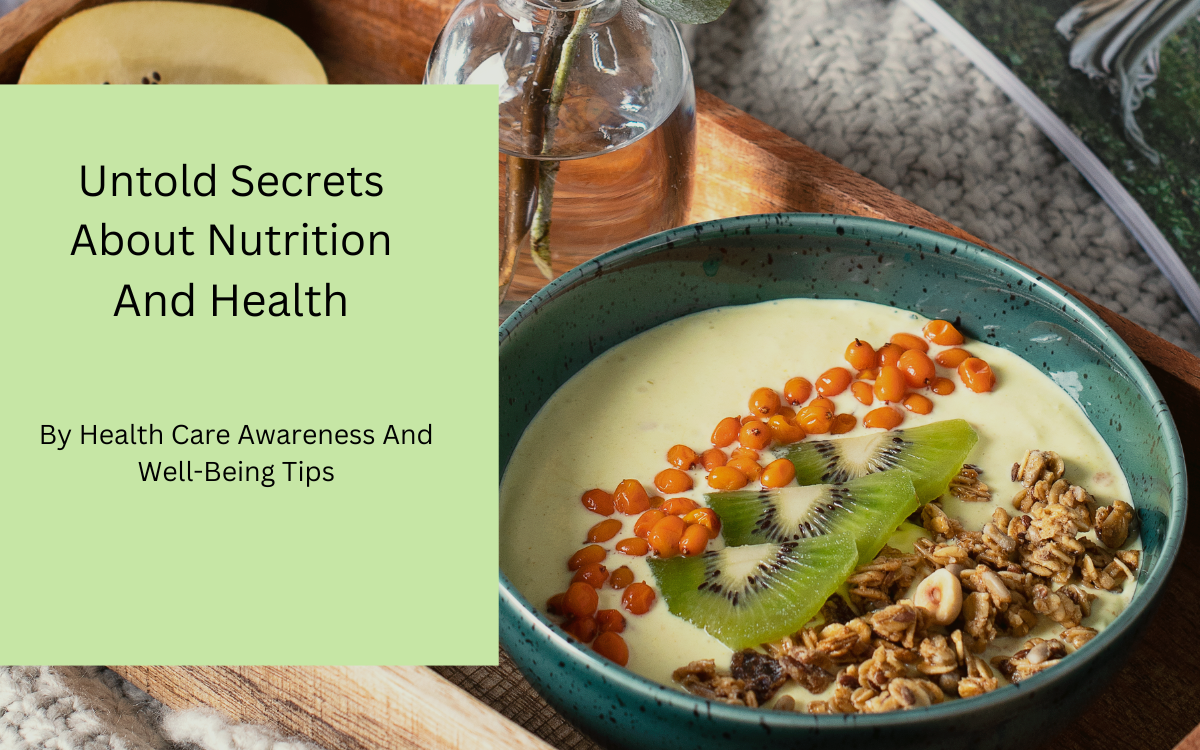
Are you tired of feeling overwhelmed when you try to decode the cryptic language of food labels? Do not worry; you are not alone. numerous of us find ourselves scratching our heads in confusion while gaping at those tiny figures and probabilities. But fear not! In this guide, we are going to clarify the world of flashy labels, empowering you to make informed opinions about what you eat. So, let’s dive right in and unleash the secrets hidden within those labels.
Table of Contents
Understanding Serving Size
What is hiding behind the serving size?
When you pick up a package of your favorite snack, the serving size is the first thing you will encounter on the label. But what does it really mean? suppose it is the standard for all the other nutritional information listed. It tells you the quantum of food the manufacturer considers as one serving. Paying attention to this can help you from intentionally consuming more calories and nutrients than you intended.

Decoding Calories

Are all calories created equal?
Calories are like the energy that powers our bodies. But not all calories are created equal. Some foods may pack further calories into a lower serving size, while others may offer further volume for the same calorie count. Understanding the calorie content per serving – manage your weight and make healthier choices. Flashback, it’s not just about the number of calories but also the quality of those calories
Cracking the Law of Nutrients on Labels

What do all those probabilities mean?
Ever wondered about the meaning behind those probabilities next to nutrients like fat, carbohydrates, and protein? These probabilities represent the daily recommended input based on a 2,000-calorie diet. But then is the catch your individual nutritional requirements may vary based on factors like age, gender, and exertion position. Use these probabilities as a rough companion rather than strict rules.
Is” fat-free” always a healthy choice?

Food labels frequently boast colorful nutritional claims like” low-fat”,” sugar-free,” or” high in fiber.” While these claims can be helpful, or they can also be misleading. For illustration, a product labeled as” low-fat” may compensate for the lack of fat by adding redundant sugar or artificial complements. Do not calculate solely on these claims; always check the full nutritive information to get the complete picture.
5 More tips to look out.
- Ingredient List: Pay attention to the ingredient list to spot hidden sugars, unhealthy fats, and artificial complements.
- Compare Products: Do not settle for the first product you see. Take the time to compare analogous particulars to find the healthiest option.
- Be aware of Portions Intake: healthy foods can become unhealthy if consumed in large amounts. Exercise portion control to maintain a balanced diet.
- Watch Out for Sneaky Names: Food manufacturers frequently use indispensable names for constituents to disguise unhealthy complements. Familiarize yourself with these aliases to make further informed choices
- Consider Your Dietary Needs: If you have specific salutary conditions or health pretensions, knitter your food choices consequently. Do not vacillate to seek advice from a healthcare professional or nutritionist.
Conclusion:
Learning the art of reading food labels isn’t just about decoding figures and probabilities; it’s about taking control of your health and well- being. Flash back, knowledge is power, and armed with the perception from this guide, you can embark on your grocery shopping trip with confidence, knowing that you have the tools to choose foods that nourish your body and support your overall health. So, the coming time you reach for a product on the shelf, take a moment to read the marker and unlock the secrets within. Your body will thank you for it!
All the images are taken from freepik.com and vector stock.com
FAQs
Why is it important to read food labels?
Understanding food markers helps you make healthier choices, manage your weight, and meet your nutritive requirements.
How can I tell if a product is healthy just by looking at the marker?
Focus on whole, minimally reused foods and check the constituents list for added sugars, unhealthy fats, and artificial complements.
Are there any red flags I should watch out for on food markers?
Keep an eye out for high situations of sugar, sodium, impregnated fats, and artificial complements, as these can have negative impacts on your health.



